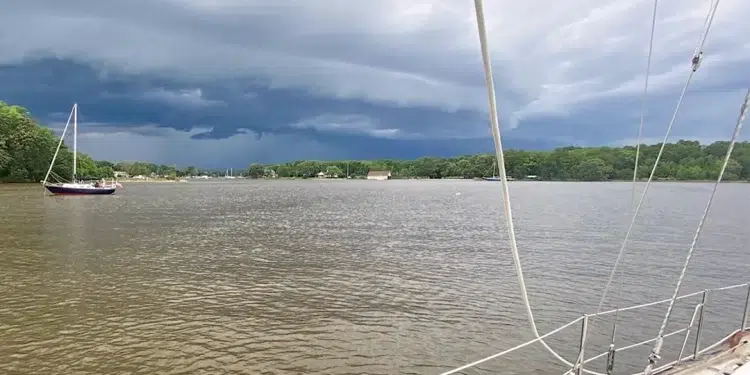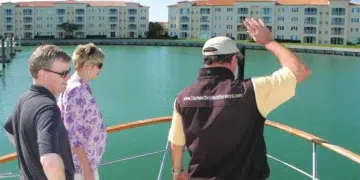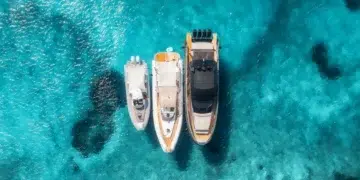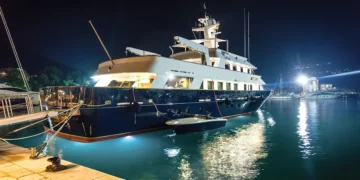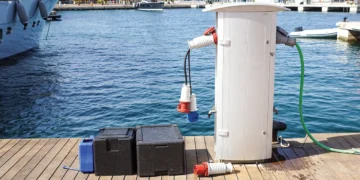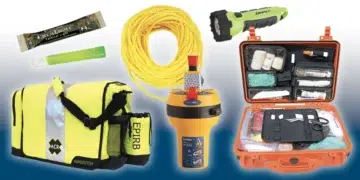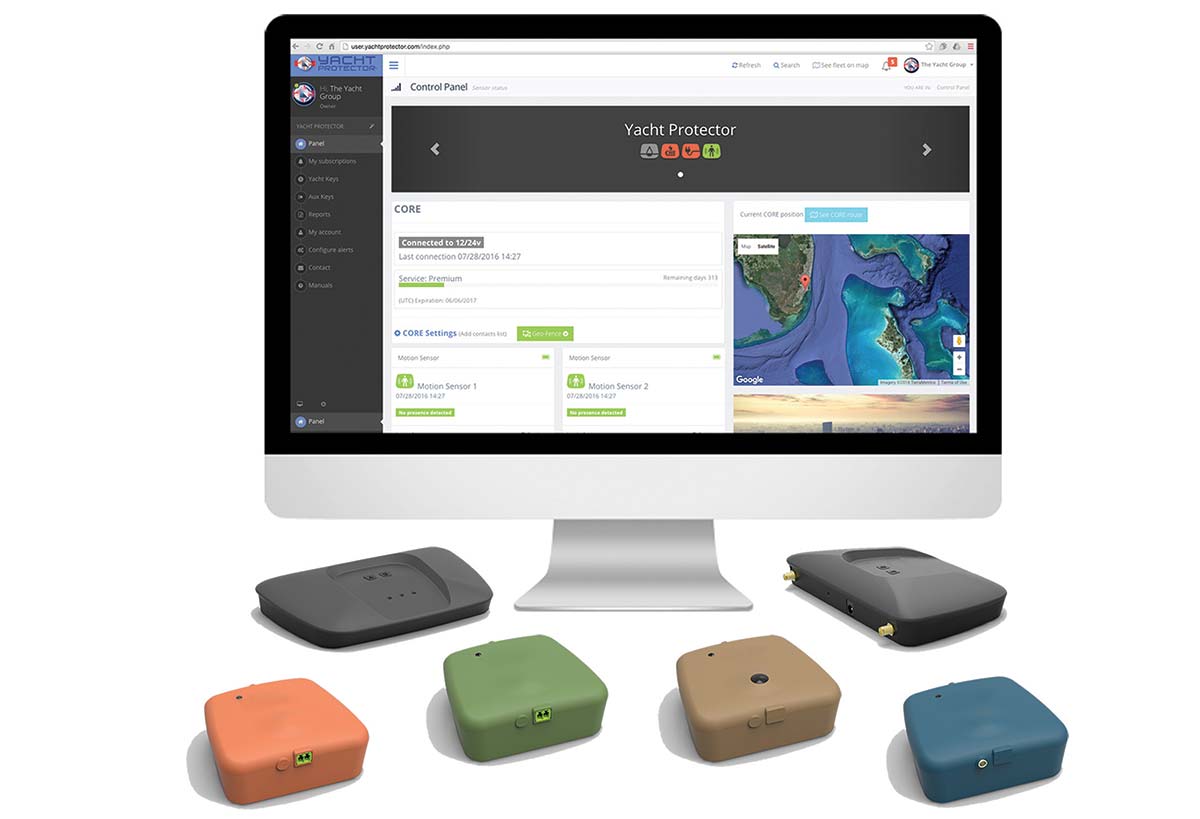Take a boating course to increase your expertise and awareness on the water.
More than 220,000 boaters took boating certification courses last year, which require students to correctly answer some questions at the conclusion of each course. Which questions did students get wrong most often? While we can’t outright give you the answers, here are some topics that all boaters would be wise to study.
⊲ Do you know which way air moves? If you had said “from the prevailing direction,” you’d be incorrect. Air ultimately moves from high-pressure areas to low-pressure areas, caused by the uneven heating of the Earth’s surface.
⊲ You’re in Mexico on the hook and you see a yellow (Q) flag flying on the boat next to you. As a friendly gesture, you welcome the neighboring crew to port with coffee and muffins, but they politely decline. What’s up? Did you just happen to have bad luck to find yourself next to the only cranky boat crew in Baja? While the flag indicates the vessel is healthy, it also means it is requesting approval—under quarantine—to enter port. Therefore, it’s best to hold off on the kaffeeklatsch until they’ve cleared in.
Subscribe Here For Safety Tips and Suggestions
⊲ There’s a lot of new technology on boats today, and one of them growing in popularity is AIS (Automatic Identification System), which can help you steer clear of ship traffic. How does it work? AIS uses VHF radio frequencies to broadcast the AIS information, including a vessel’s unique identification, position, course, and speed. AIS is also likely one of the last few remaining things that your smartphone cannot do by itself—yet.
⊲ Can you explain compass variation and deviation? Variation is caused by the misalignment of the magnetic lines of force with the meridians of longitude (those imaginary lines from North Pole to South Pole), while deviation is caused by the effects of the magnetic properties of the vessel. What this also means is due to deviation, you might want to remove the wrench you left in the storage drawer located just under the helm compass to ensure accurate functioning.
⊲ What is the length of a mile? When you’re setting up your GPS, it’s a big deal whether you choose statute miles or nautical miles. A statute mile, at 5,280 feet, is about 12 percent shorter than a nautical mile, or 6,076 feet. A whopping 796 feet of difference is more than enough room to get into trouble.
⊲ You’re in your powerboat heading down the lake and another powerboat less than a half-mile ahead appears to be meeting or crossing with you and makes two short horn blasts. What does this mean? If you said that the boats intend to pass you starboard side to starboard side, congratulate yourself for this correct answer. Learn all the signals you need to operate a boat safely by taking a free, state-specific basic boating course.
The BoatUS Foundation for Boating Safety and Clean Water offers a range of online boating safety training courses, including 36 free state boating safety courses, that make boating safety education affordable and accessible. For more information, visit boatus.org.
-by Scott Croft, BoatUS Public Affairs
The BoatUS Foundation for Boating Safety and Clean Water is a national leader promoting safe, clean, and responsible boating. The nonprofit provides innovative educational outreach directly to boaters and anglers with the aim of reducing accidents and fatalities, increasing stewardship of America’s waterways, and keeping boating safe for all.


